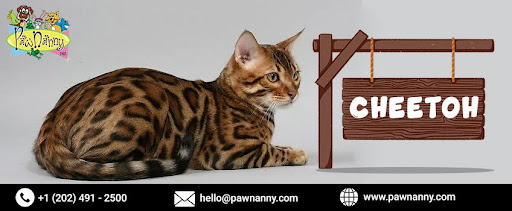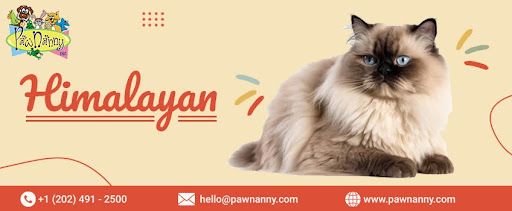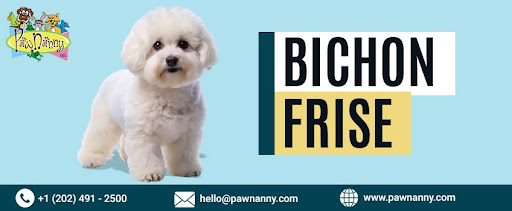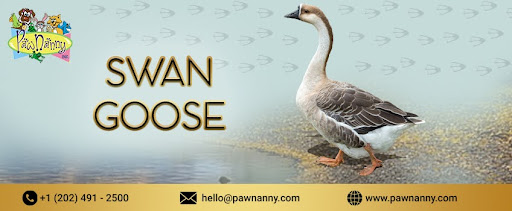
Cheetoh
Size: 18-22 inches
Weight: 8-15 pounds
Hypoallergenic: No
Lifespan: 12-15 years
Behavior
This cat breed which is derived from the Bengal and Ocicat breed possesses distinct patterns of behavior. These cats are playful and always ready to share love with anyone they find around, due to this, they can be adopted by families and individuals. Another thing that should be honorable about cheetohs is that they are very active. These cats are playful - the sort that would love to wrestle with their owners during playtime.
They enjoy playing with toys that make them leap, run, and crawl, acting like wild animals, and need Pet House Sitting Services when you are not around. It is still most advisable that cheetohs be given lots of stimulating mind and body activities like a pet mid-day walk to ensure they are healthy all the time.
Moreover, Cheetoh are wise and are fond of playing around for much of the time. They are smart and want to learn more about the world and the environment around them. Owners have reported that their Cheetoh roams through their homes looking for something new to see and new noises to hear. This intelligence also makes Cheetoh enable to be trained on tricks and commands. Such family members easily develop close relationships with their human family and like to spend time with them. They are friendly cats that like to cuddle and they will crawl into their owner’s lap and want to be pet. Also, they can be friendly with children and other pets if one would introduce them to them at a young age.
History
The Cheetoh cat breed is comparatively recent in the cat family, specifically bred in the United States. This breed is a result of crossing two existing breeds: the Bengal and the Ocicat. It aimed at developing a massive bone structure, unique appearance, especially the sly expression of the cat, and gentle character. The Cheetoh cat breed proves its ancestry back to Carol Drymon of North Carolina who wanted to breed a cat that resembled a cheetah, which is an allure of the African wilderness, but which had the disposition of an indoor cat. This she did by breeding Bengal cats with distinctive markings similar to those of wild leopards with Ocicats which also possess a coat of spots but are more friendly than their wild counterparts.
The first Cheetoh kitten, with the namesake of the breed, was born in 2001. This formed the onset of the breed evaluation. Additional goals of the breeding program were as follows: selection of cats with a muscular build, large size characterized by specially painted coats, and friendly disposition. The chosen name was Cheetoh because the cat resembled a cheetah and the breed’s cheerful disposition. This breed’s coat usually has spots and rosettes. First registered by The International Cat Association in 2004, the Cheetoh cat breed was one of the most preferred among lovers of these animals. So with the attributes of its look and temper, it is in high demand in the cat community. Today the Cheetoh is still bred infrequently for breeding stock that will have the desired angles and will not be aggressive cats. However, it is still a rare breed like most Bengals and is quickly becoming the new favorite among cat lovers around the world. Due to its historical background and its very noticeable look, it is a perfect pet for any family.
Looks and Health
The Cheetoh cat breed is popular for its looks and superior health. As hybrids of Bengal and Ocicat species, Cheetoh cats contain features of two distinctive breeds and boast an excellent appearance. These cats are medium to large with body built of muscles and well-toned athletic bodies. Usually, they measure 10-14 inches at shoulder height and sizes of length at the chest to the rear of 18-22 inches. In addition to a strong well-developed musculature that is covered over by hardly any subcutaneous fat, the body appears hard and muscular yet highly mobile. A key physical characteristic can be regarded as fur - it imitates the drawings found on various descendants of household shorthairs and cheetahs. Like all the big cats, Cheetohs have a short to medium thick, peppered mostly with fine undercoat. And the coat is drawn with bright oval spots and ovals, even like a cheetah. They can have brown, gold, or black coats with distinctive patches of an entirely different color to produce a genuinely artistic appearance.
As for health, Cheetoh are strong and tough kittens and they will need Overnight Pet Sitting any time you are out. Being outbred, they do not have many of the genetic ailments that you often find in specialized cat breeds. However, like all breeds, there could be some congenital diseases: hypertrophic cardiomyopathy (a disease of the heart) and progressive retinal atrophy (a disease of the eye). These disorders are, however, rare, and responsible breeders ensure that the breeding stock is tested to ensure they do not possess genes that cause such illnesses. To survive, a cheetoh needs to be fed right; the cheetoh should be taken to the vet often, and should have lots of exercise. When cared well, these cats can live happy healthy lives and might live for about 12-15 years on average.
Food and Nutrition
Cheetohs need a diet that is selective to them. Selective high-quality cat diets which are well made for active and spirited breeds are suitable for Cheetohs. Find nutrient-dense foods in Recommended Dietary Allowances as close to natural and minimal processing. Protein is very essential to the Cheetohs because they are muscular and carbohydrate, cats. Select proper cat foods that contain meat in their list of ingredients like chicken, turkey, or seafood.
Fat is another nutrient to which a Cheetoh is entitled to a balanced diet. The fats included in the diet should be the good fats found in such foods as fish oil and chicken fat that aid in skin and coat as well as containing concentrated energy. Omega-3 and Omega-6 acids are most important for the shiny coat and healthy skin. Carbohydrates are also important for energy and however, should not be taken in large proportions. Choose cat foods that contain carbohydrates that can be easily digested such as brown rice, sweet potato, or peas. Last but not least, always offer clean drinking water to Cheetoh.
Conclusion
As an inbred breed, they are fit with muscles and intelligence capable of climbing and jumping - Cheetoh can therefore live in the endowment habitats they possess. For this reason, It is usually said that Cheetoh cats, like any standard cat, are lively, energetic cats - they are wise offspring of their wild origin. This is a breed that will do well with families that will be able to give them the chance to move around, run, and play. These cats are friendly and they are happiest when they are around the owners of the house thus they are ideal for home. They are friendly furballs and when taken care of well, they are extremely playful for families with kids or other animal friends for companionship. For more information or to avail of our pet house-sitting services in Fairfax, visit PawNanny.com.










